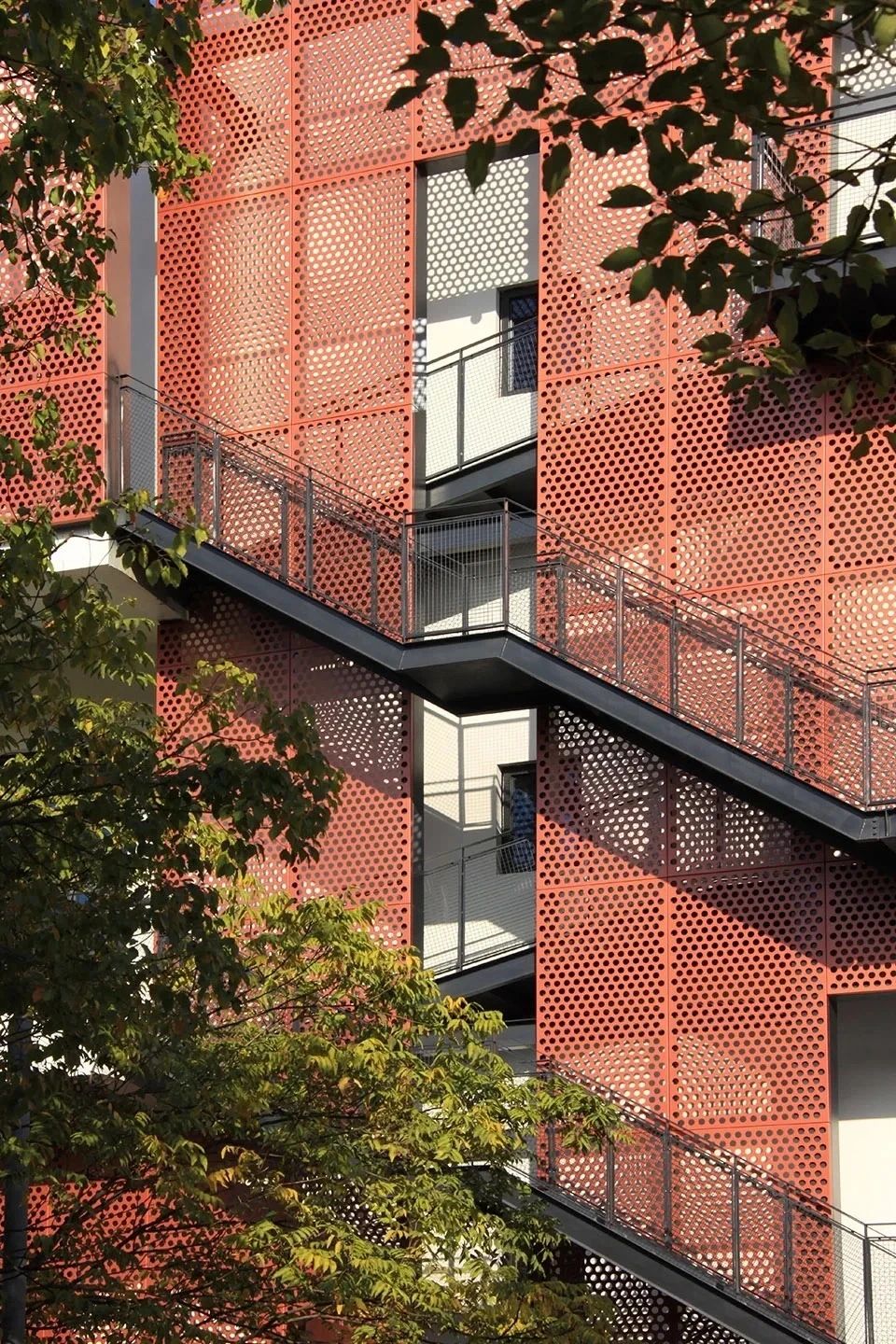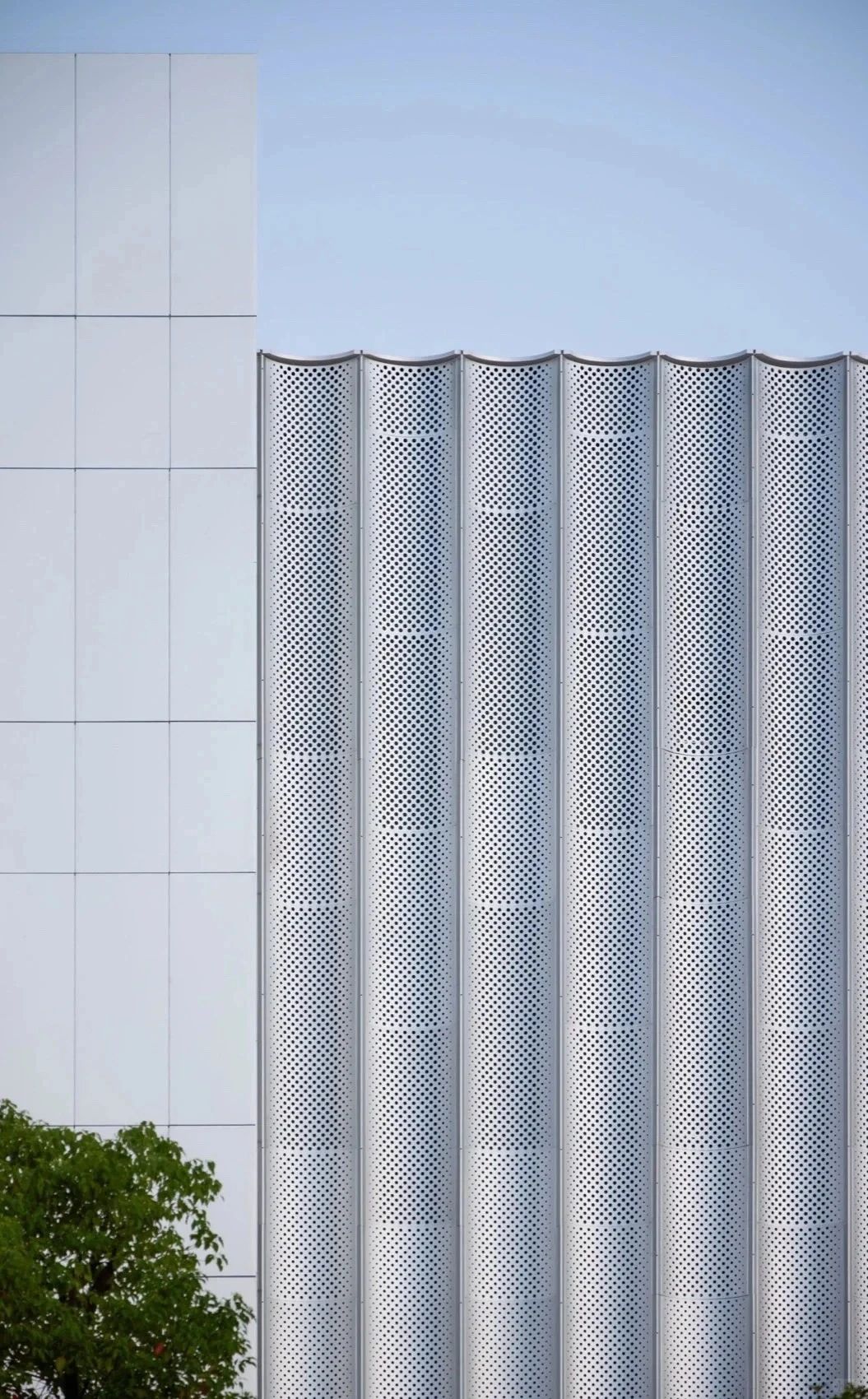

Perforated aluminum panels are widely used in building facades and facades, and have become an important material in modern architectural design due to their lightweight, durability, strong plasticity, and aesthetic appeal. Perforated aluminum panels are commonly used for shading devices on exterior facades. By adjusting the perforation rate and pattern, sunlight can be controlled to reduce the accumulation of heat stars inside buildings and lower air conditioning energy consumption. As the outer layer of the double-layer exterior wall, it forms an air circulation layer that can provide shade and improve the insulation and ventilation performance of the building. By designing perforations with different apertures, densities, and arrangements, aluminum panels can produce rich light and shadow effects under sunlight, endowing the building with dynamic beauty.
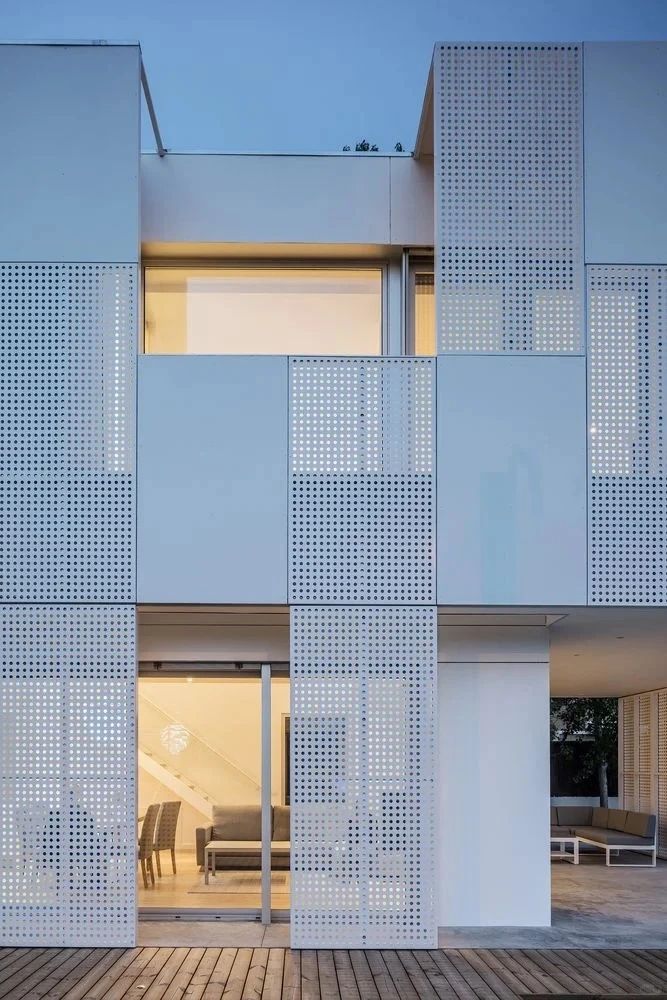
Customized perforated patterns can present unique visual effects, such as geometric patterns, natural textures, or brand logos, enhancing the building's recognition. Through the pattern design of perforated aluminum panels, local culture, historical elements, or artistic themes can be integrated, making the building a cultural landmark of the city. Combined with lighting design, perforated aluminum panels can present dynamic lighting effects at night, enhancing the visual appeal of the building.
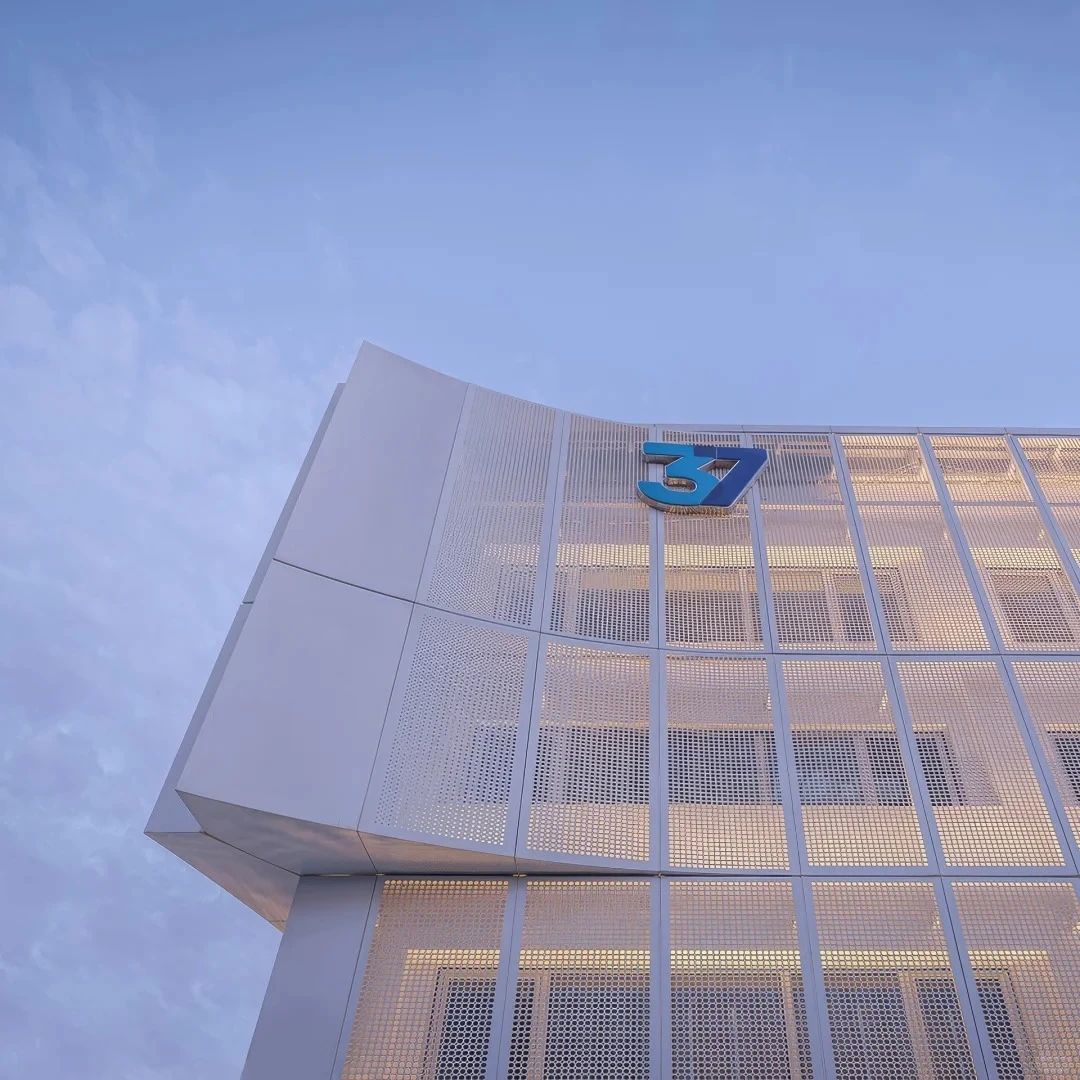
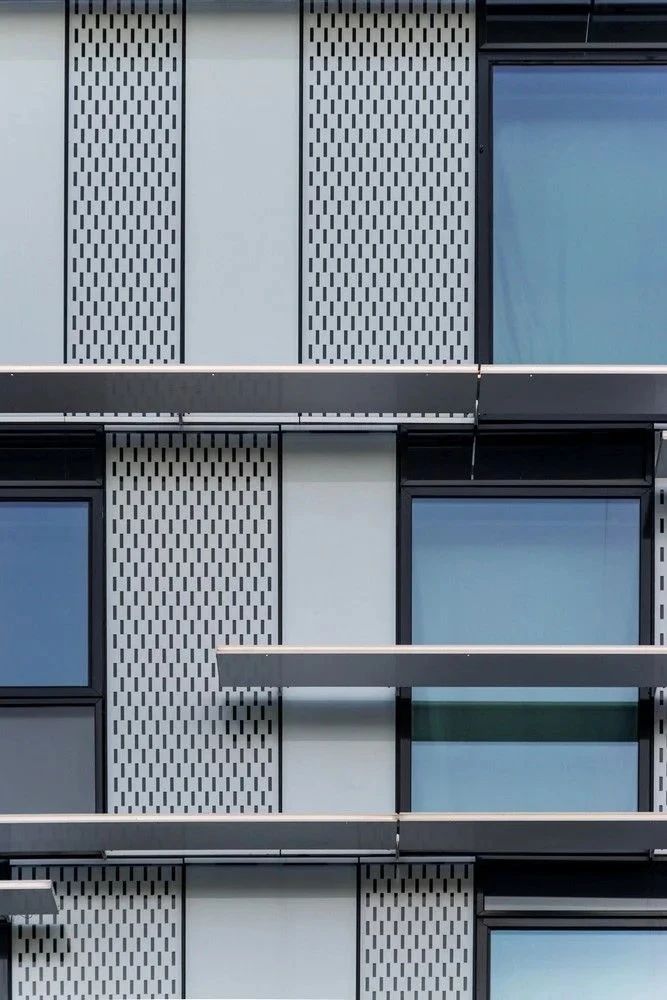
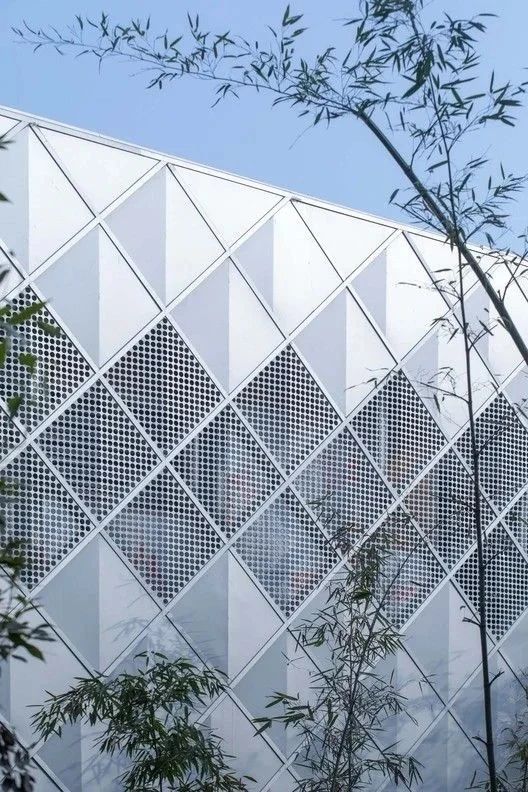
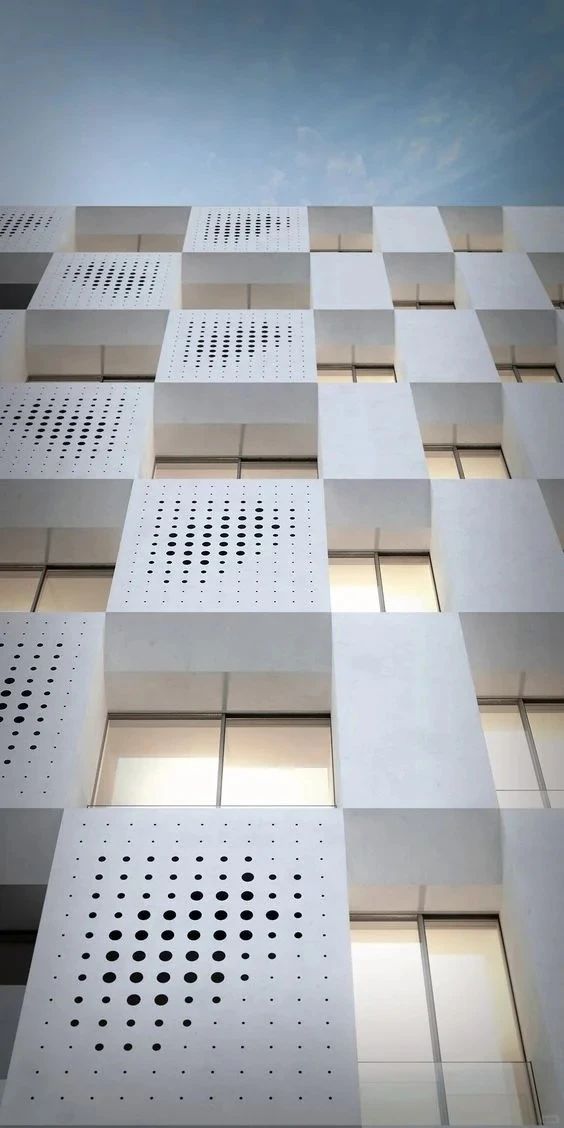
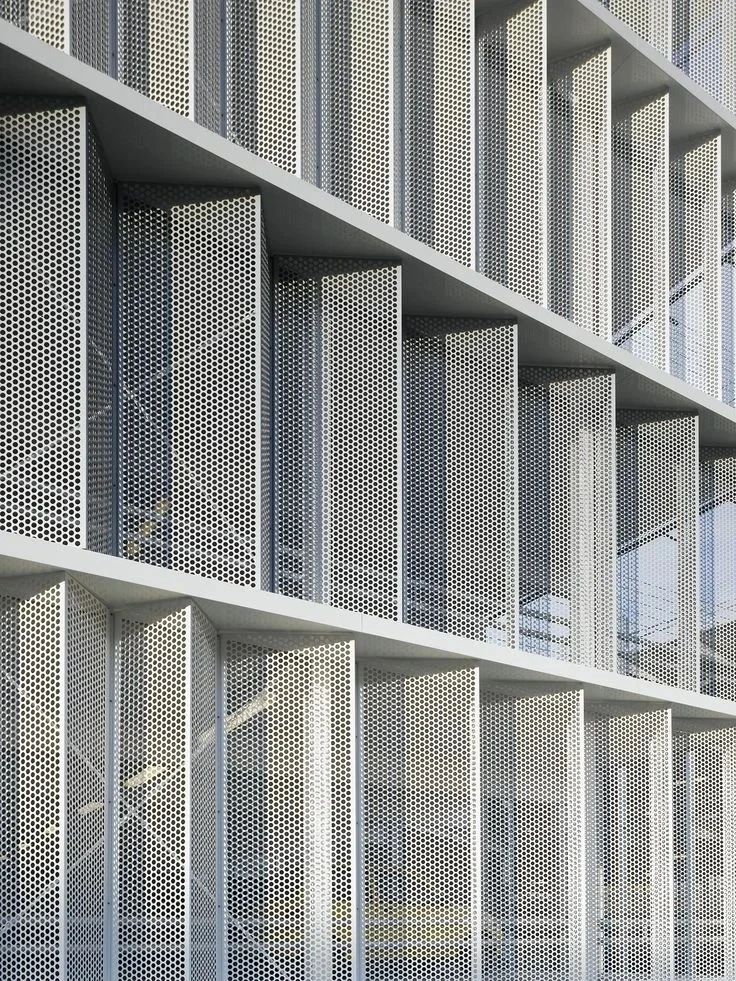
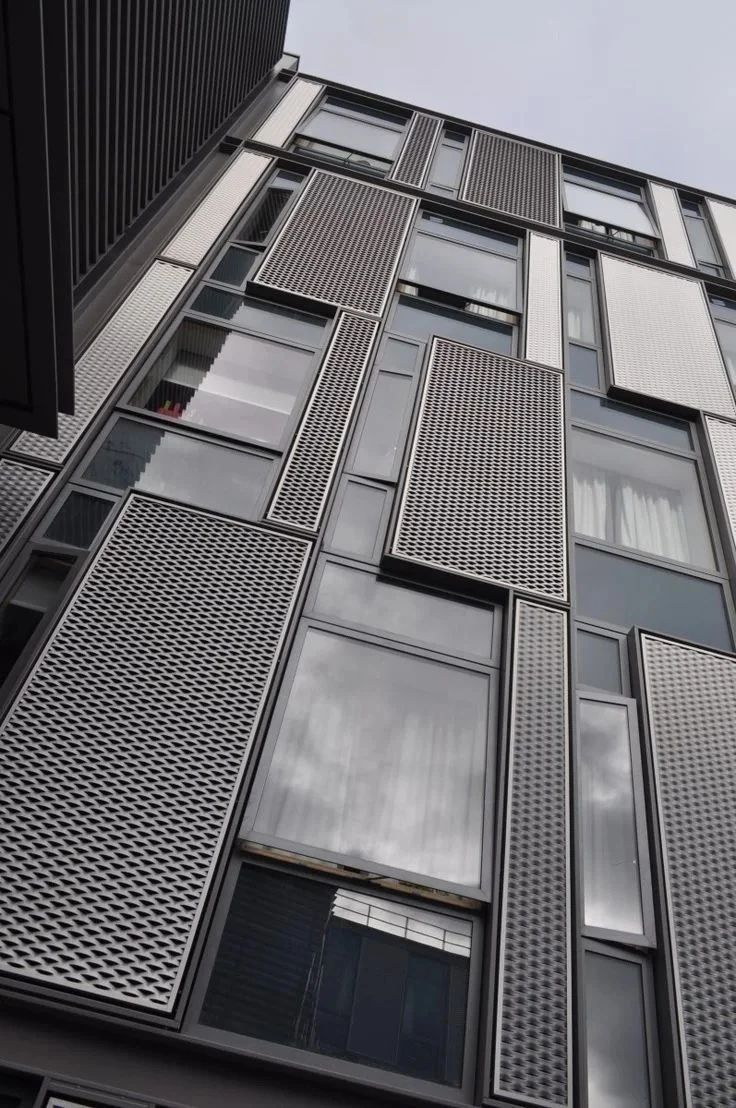
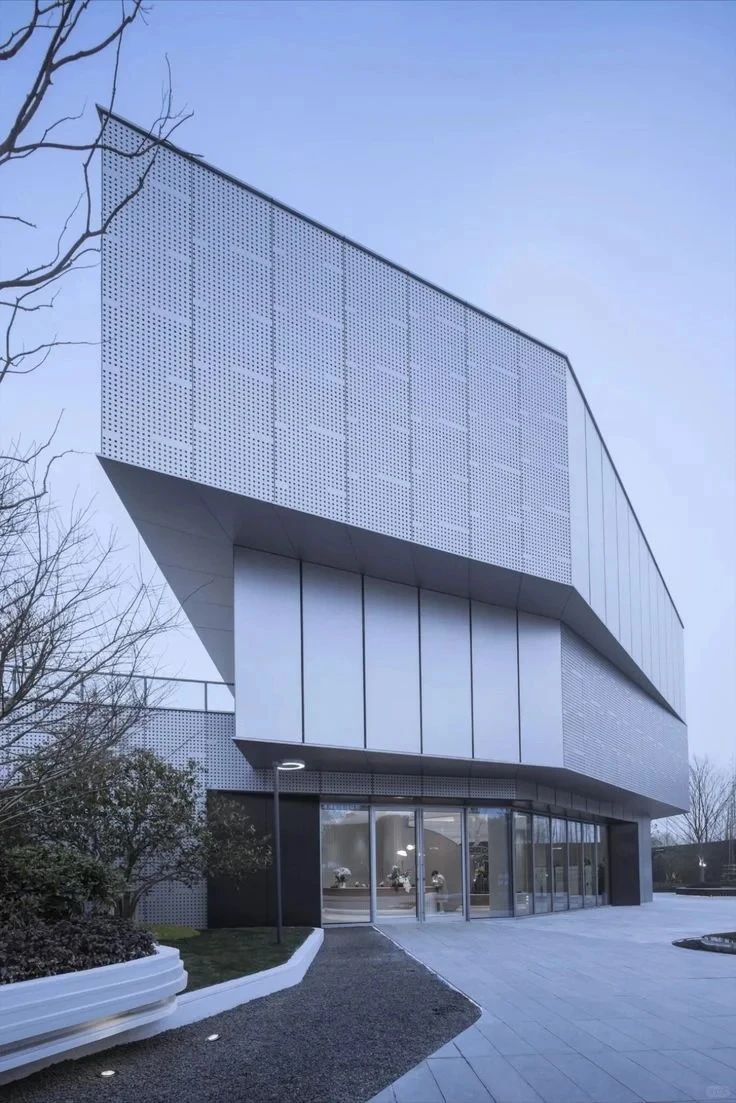
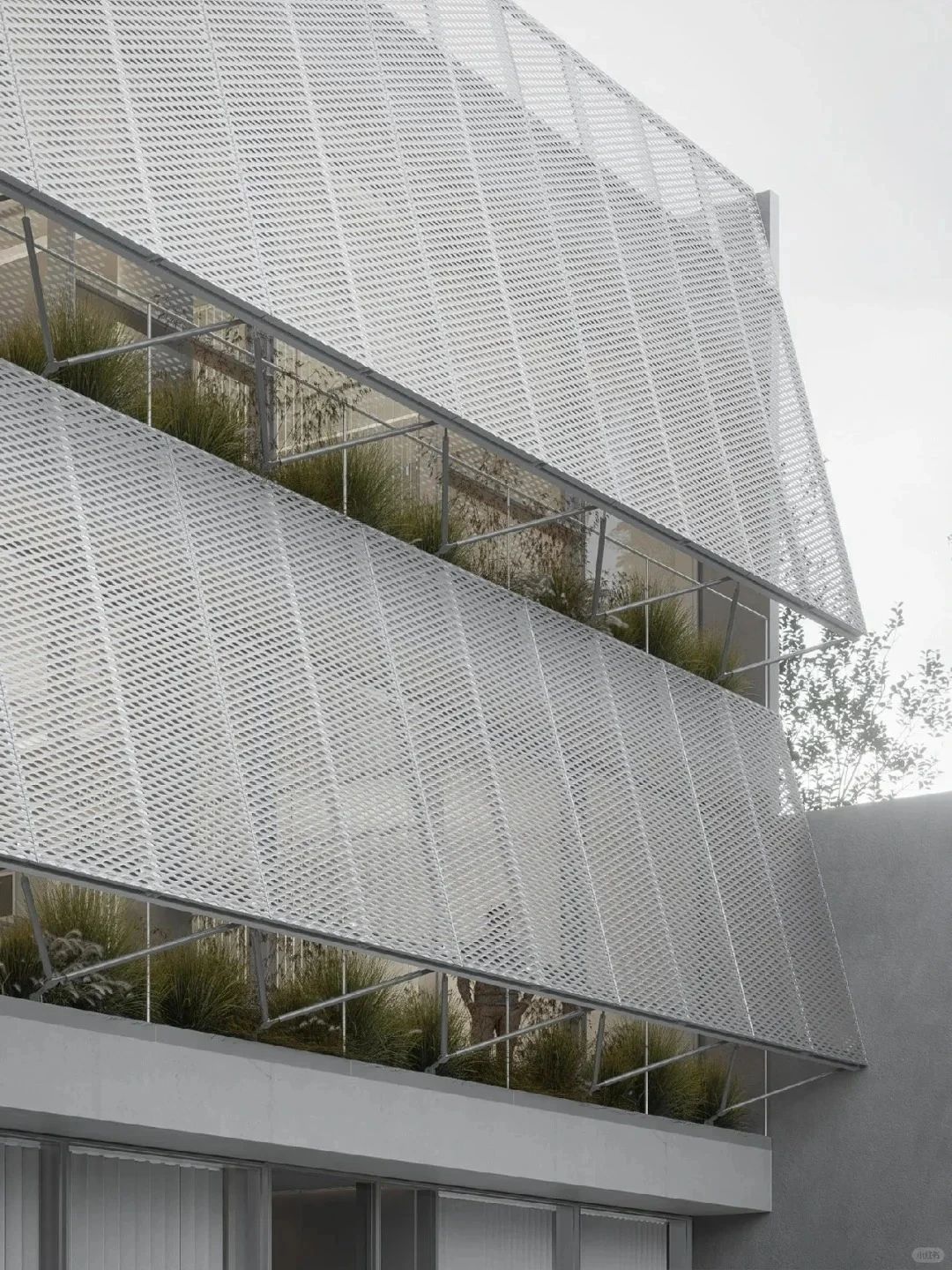

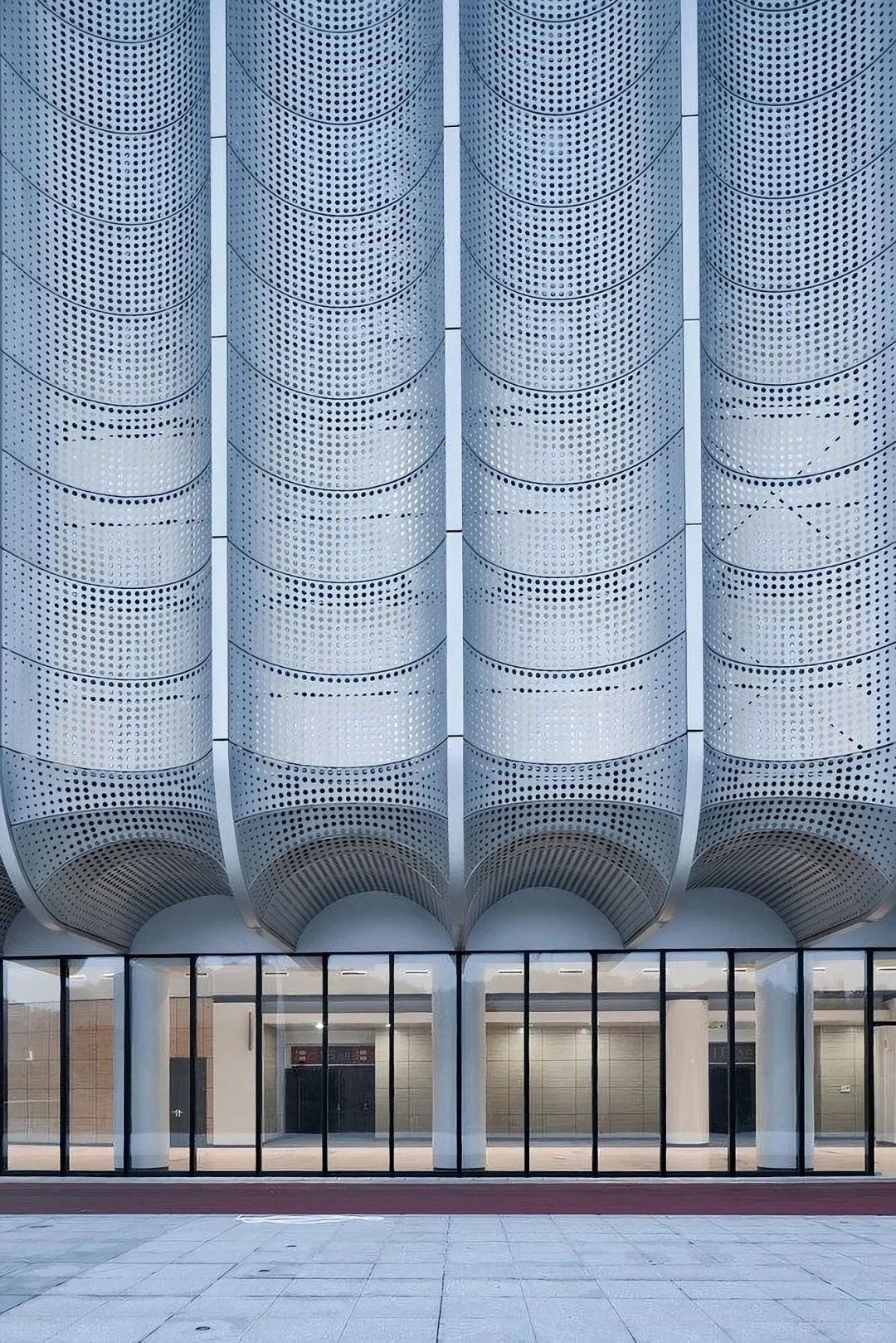
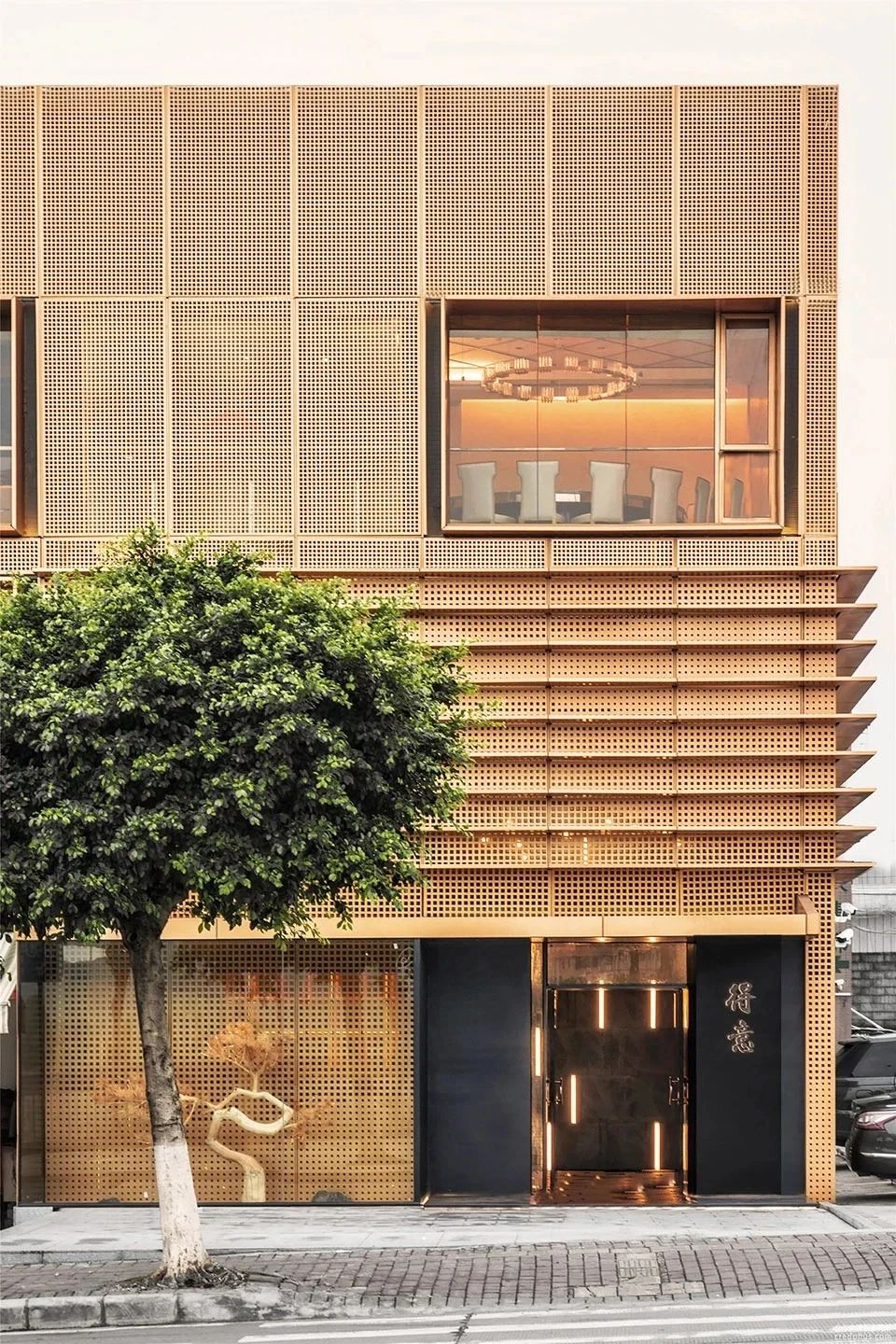
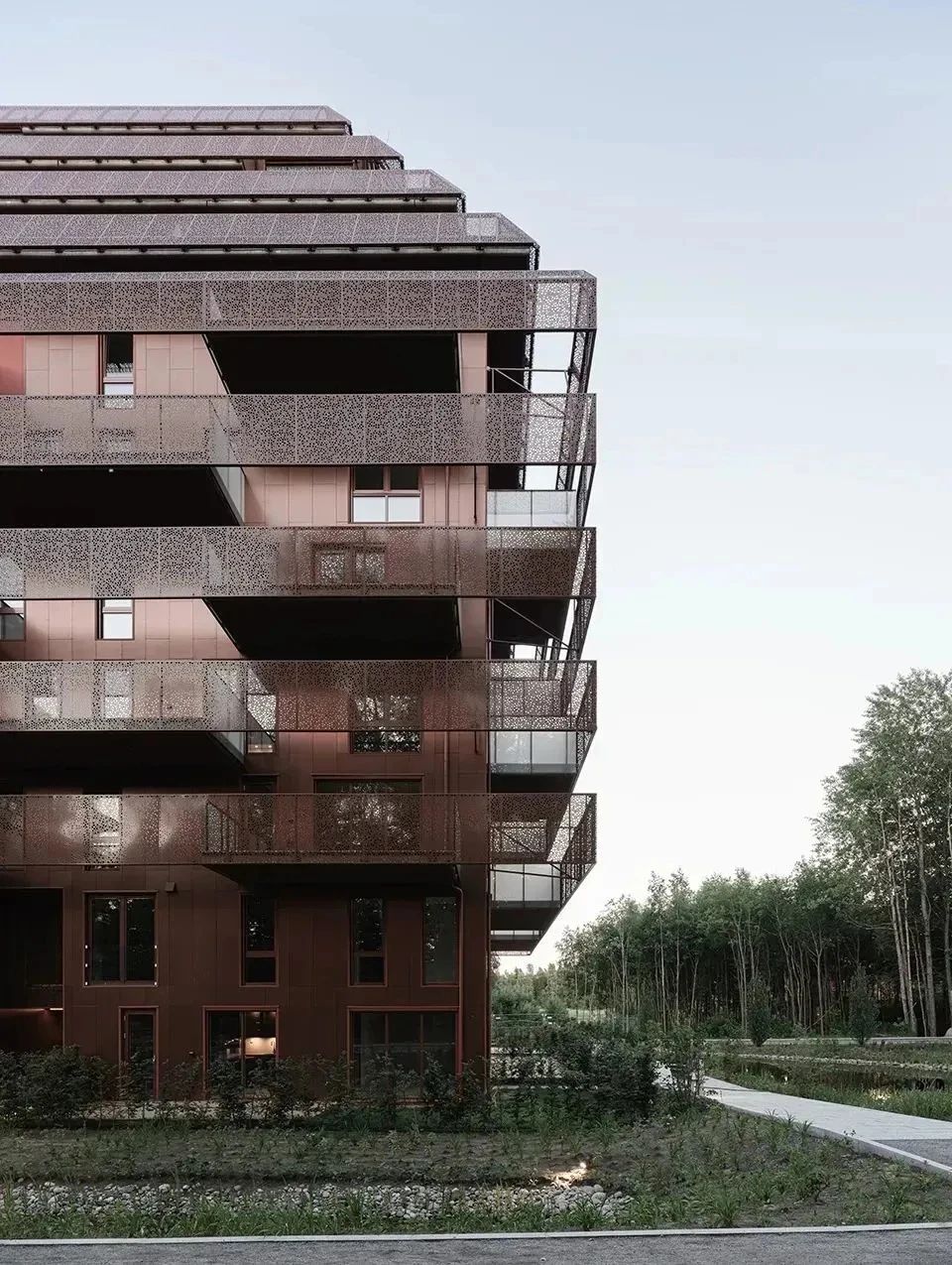
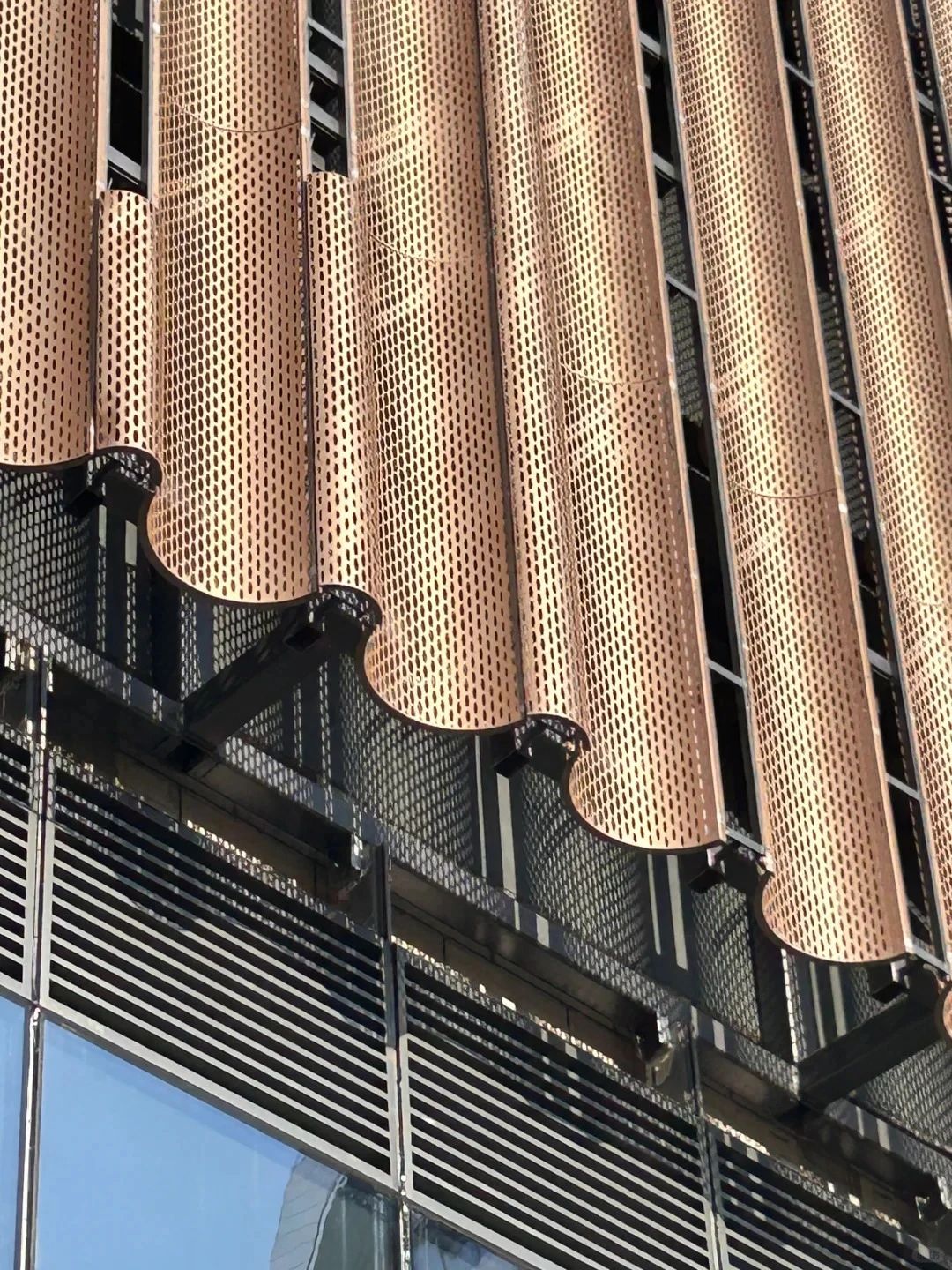
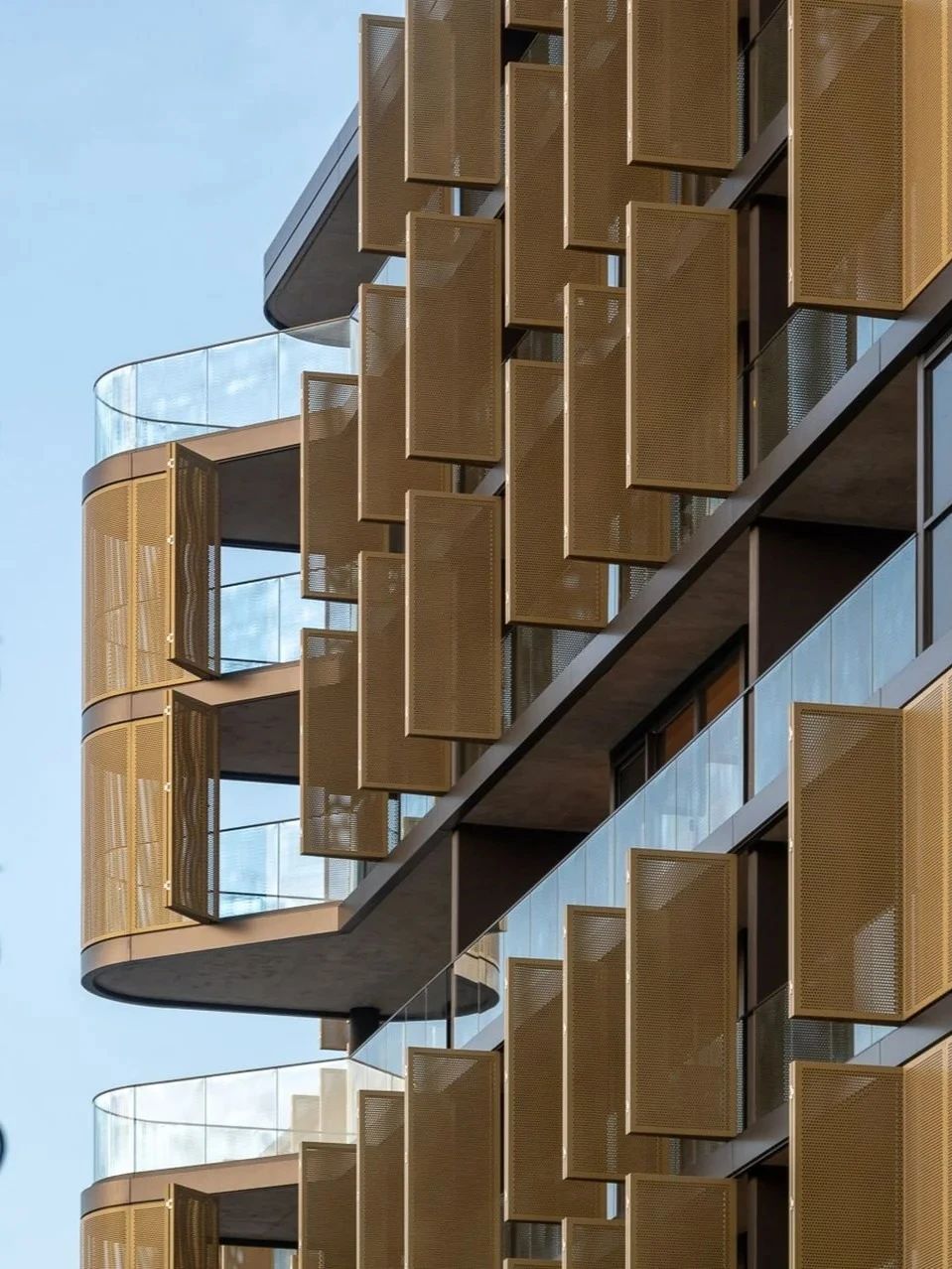
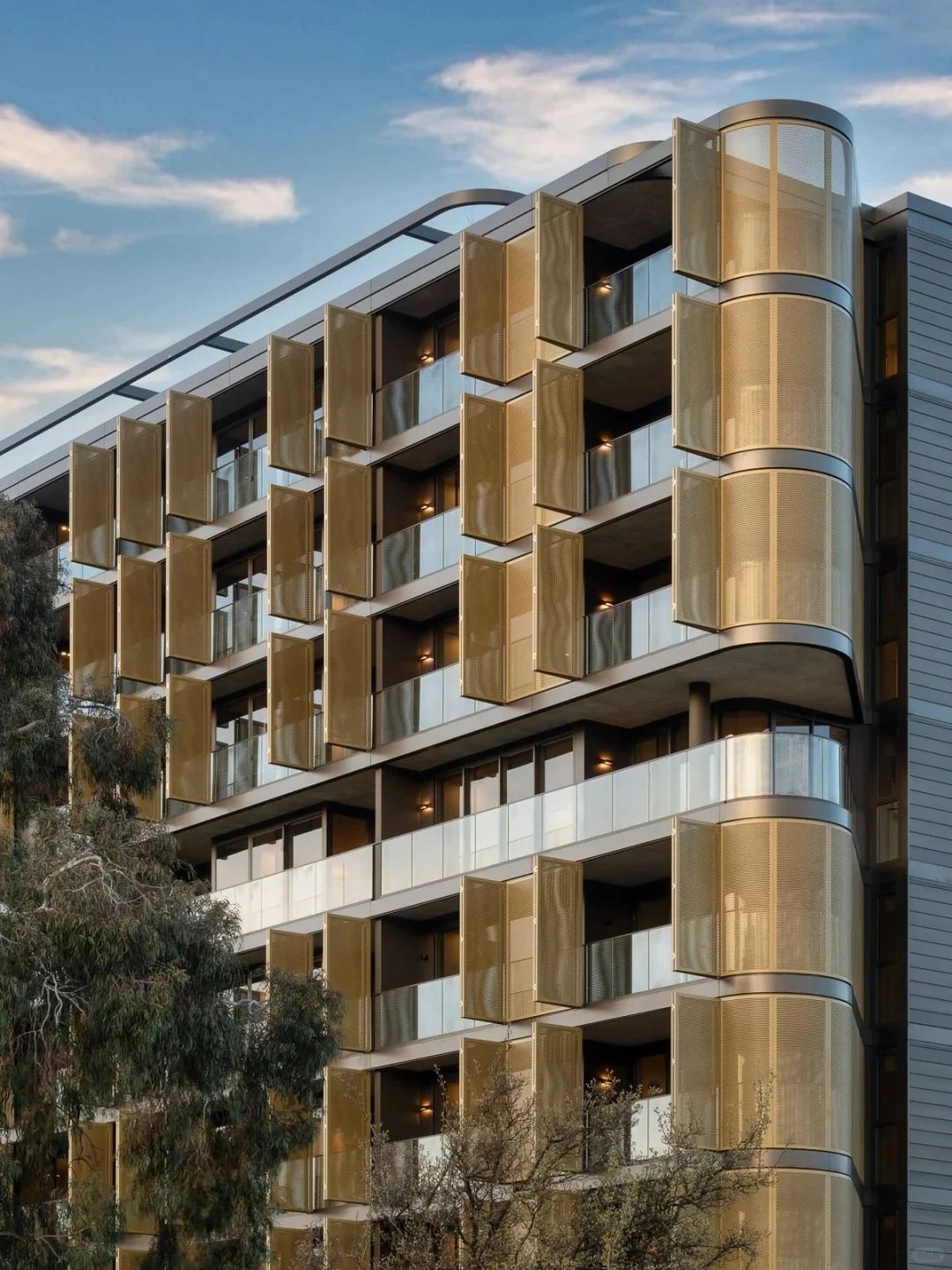

Aluminum panels can be 100% recycled, in line with the concept of green building. Reduce building energy consumption and enhance sustainability through functions such as shading and ventilation. Commercial buildings such as shopping centers and office buildings often use perforated aluminum panels to create modern facades. Cultural buildings such as museums and theaters showcase unique artistic effects through customized perforated designs. Public transportation buildings such as airports and stations use perforated aluminum panels to achieve a combination of functionality and aesthetics. The application of perforated aluminum panels in building facades and skins not only meets functional requirements such as shading, ventilation, and noise reduction, but also achieves artistic and cultural expression through customized design. Its lightweight, durable, and environmentally friendly characteristics make it an indispensable material in modern architectural design.
